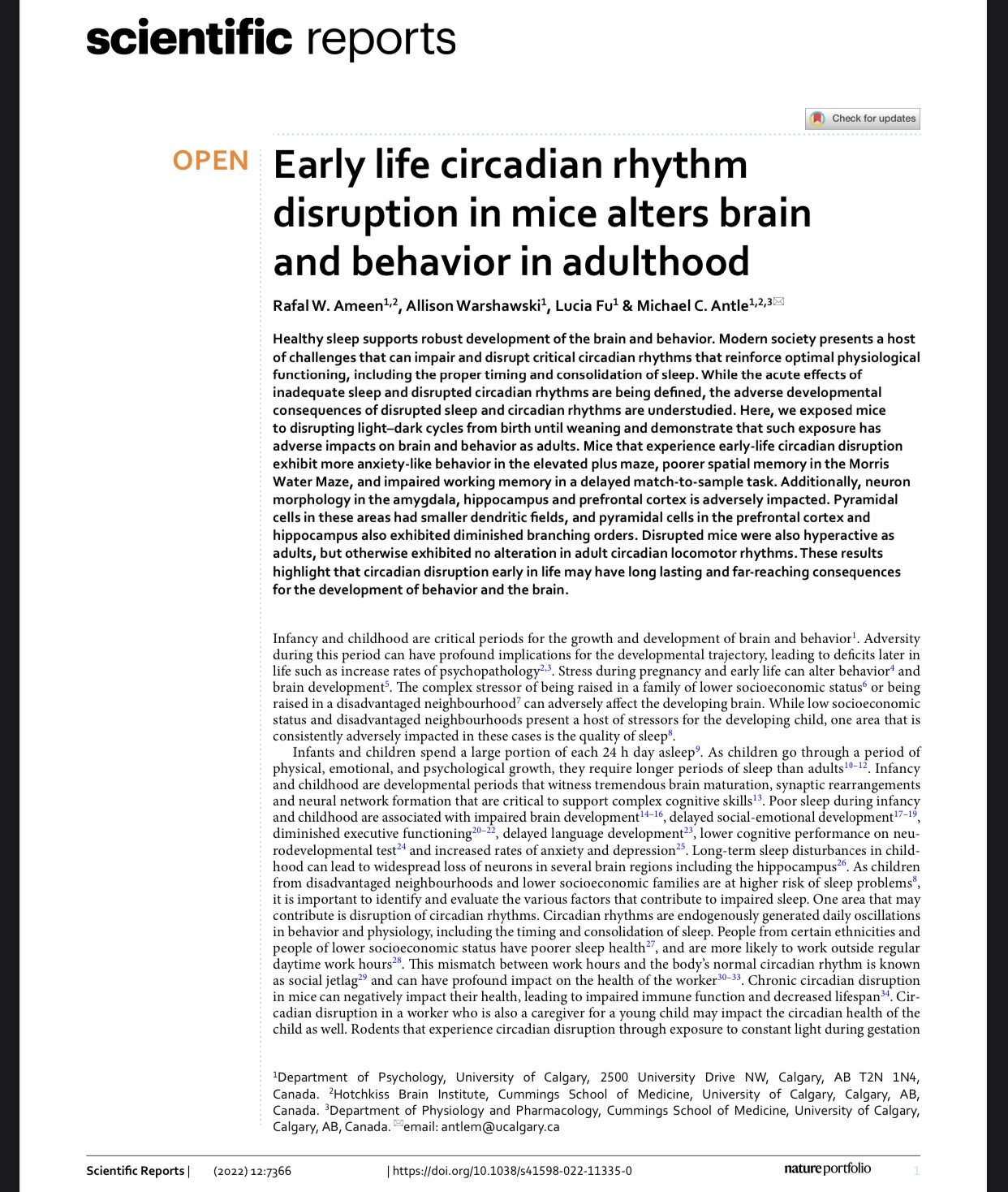No one should be drinking straight from the tap municipal water. It very likely has contaminants that are linked to diseases such as cancers and neuro-degenerative diseases.
Epidemiological studies have suggested that fluoride is a human developmental neurotoxicant that reduces measures of intelligence in children, placing it into the same category as toxic metals (lead, methylmercury, arsenic) and polychlorinated biphenyls.
This article focuses on a 2024 cohort study looking at the baby’s exposure in the womb to fluoride and neuro and behavioral problems in the early years.
The study
In a cohort study of 229 mother-child pairs, researchers found that higher levels of fluoride exposure during pregnancy were significantly associated with increased neurobehavioral problems in children by age 3.1 For each 0.68 mg/L increase in maternal urinary fluoride levels, children had nearly double the odds of total neurobehavioral issues reaching the borderline clinical or clinical range.[1]
They found:
a higher prenatal fluoride levels were tied to a 2.29-point increase in internalizing problem scores, including emotional reactivity, anxiety, withdrawal, and somatic complaints, as well as a 2.14-point increase in total neurobehavioral problem scores.3
children of mothers with greater fluoride exposure were also rated higher on symptoms related to Autism Spectrum Disorder. As the authors note, these effect sizes are concerning given the relatively low fluoride levels in the study sample, which are typical for fluoridated areas in the US.
The JAMA study authors conclude that "there may be a need to establish recommendations for limiting fluoride exposure during the prenatal period," echoing previous calls from researchers and health advocates.
Fluoride and IQ
This study adds to a body of research going back at least decades on the impact of fluorosis on IQ.
In 2008, a China meta-analysis study examined the literature on the relationship between endemic fluorosis and children's intelligence development published between 1995 and 2007 were retrieved electronically and manually. Thirteen studies covered 2 508 children from the high fluoride group and 2 330 children from the control group.
The study suggested a negative correlation between high fluorosis exposure and children's intelligence development.
In 2023, another meta-analysis systematic review out of Italy analysed 30 studies out of 1996 potentially relevant literature records. The goal was to characterize this relation through a dose-response approach, by comparing the intelligence quotient (IQ) scores in the highest versus the lowest fluoride exposure category with a random-effects model
It concluded that their findings supported the overall evidence that an adverse effect of fluoride exposure on children's IQ, starting at low levels of exposure.
How can fluoride harm the brain?
Animal and cellular studies provide clues to the mechanisms behind fluoride's harmful neurodevelopmental impacts, including oxidative stress, neuroinflammation, disrupted neurotransmitter signaling, and altered thyroid function - all of which can derail healthy brain development.
Exposure to fluoride is linked to hypothyroidism, which negatively affects early neurodevelopment both in fetuses and newborn children (Peckham et al., 2015; Prezioso et al., 2018).
Fluoride compounds are also used in aluminum, petroleum, chemical, and plastics industries, therefore workers in such industries may be exposed to higher levels of fluoride — higher than the safety exposures — than the standard population.
You can administer fluoride yourself, with toothpastes, mouth rinses, gels, and varnishes.
Some countries take a whole community-based strategies (e.g., water, salt, and milk fluoridation), as well as individually prescribed drops or tablet supplementation. However, this raises concerns on the safety and efficacy both for dental and health in general.
Which countries in the world fluoridate their water
Water fluoridation is the adding of fluoride to a public water supply to the population. The policy was introduced in the 1930s in a bid to reduce tooth decay. It is typically at concentrations ranging from 0.7 mg/L to 1.2 mg/L.
Only three countries in the world have government/federal mandated fluoridation: Ireland, Singapore New Zealand. Only eight countries in the world have more than 50% of the population on fluoridated water: USA (70%), Australia (90%), Ireland (70%), Singapore (100%), Chile (70%), Brunei (95%), New Zealand (52%), and Malaysia (66%).
The whole of continental Europe is NOT fluoridated.
Only 10% of the UK is fluoridated.
References & resources
1 Malin AJ, Eckel SP, Hu H, et al. Maternal Urinary Fluoride and Child Neurobehavior at Age 36 Months. JAMA Netw Open. 2024;7(5):e2411987. doi:10.1001/jamanetworkopen.2024.11987
Hypothyroidism is one https://www.sciencedirect.com/science/article/pii/S0013935123000312#bib41
Read an extensive body of research in the GreenMedInfo.com database revealing fluoride's little-recognized dark side. With over 300 studies, the database links fluoride to more than 100 adverse health effects, from hypothyroidism6 and immune dysfunction7 to skeletal fluorosis and, most troublingly, neurotoxicity.
Learn about the environmental toxins that can impact children’s brain development.











